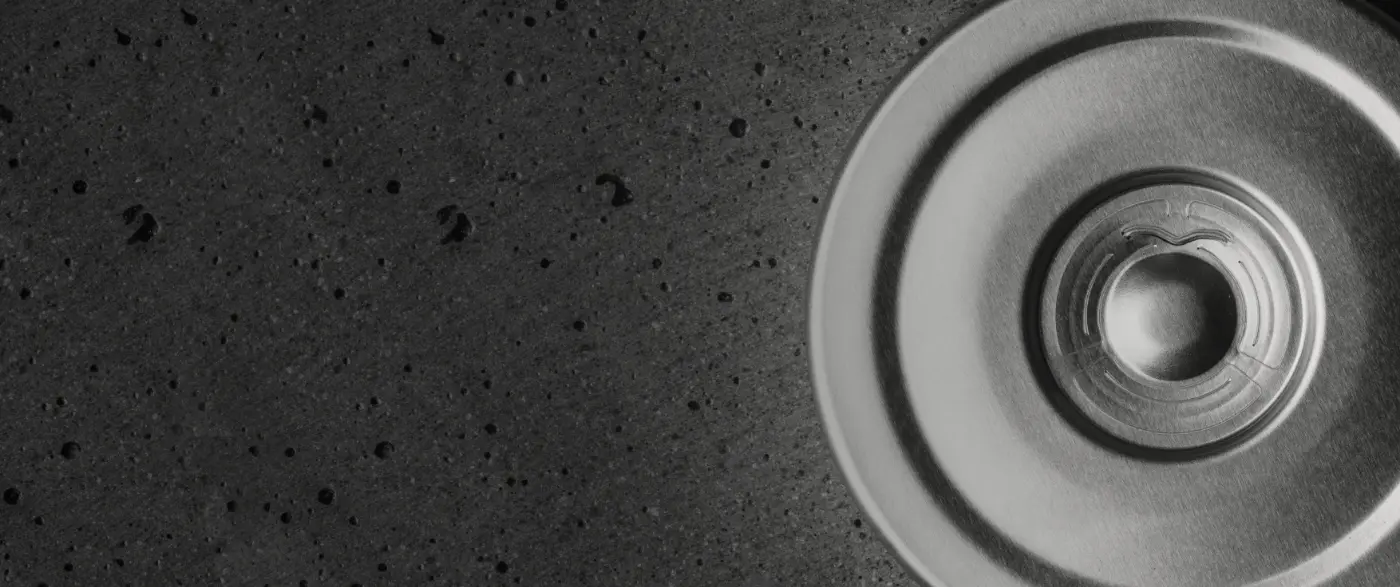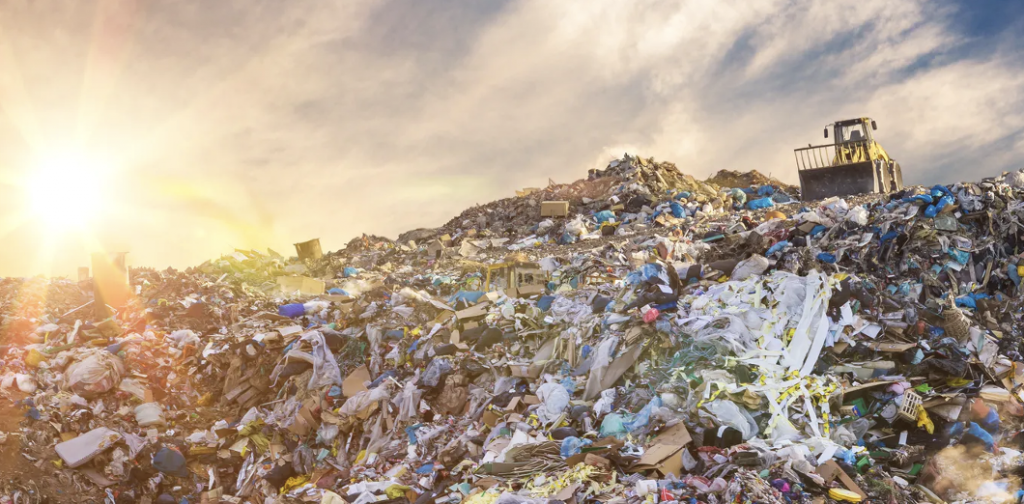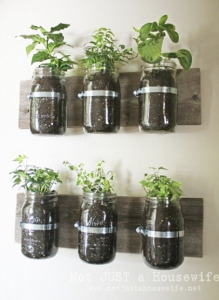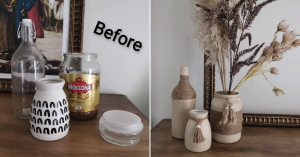Upcycling: What is it?

Everyone has heard of recycling and its great impact on helping to protect the environment. Its growth in popularity has helped slow the meteoric rise of waste produced, but recycling has limits.
According to the EPA, the total generation of municipal solid waste (MSW) in 2018 was 292.4 million tons, or 4.9 pounds per person per day. Of the MSW generated, approximately 69 million tons were recycled, and 25 million tons were composted. Together, almost 94 million tons of MSW were recycled and composted, equivalent to a 32.1 percent recycling and composting rate. An additional 17.7 million tons of food were managed by other methods. In addition, nearly 35 million tons of MSW (11.8 percent) were combusted with energy recovery and more than 146 million tons of MSW (50 percent) were landfilled.

With the population and waste numbers continuing their upward trends, new forms of waste management will be needed to curb landfills from overflowing. That’s where upcycling has gained attention.
What is upcycling? 
The technical definition of upcycling is the process of transforming by-products, waste materials, useless, or unwanted products into new materials or products perceived to be of greater quality, such as artistic value or environmental value. It’s a popular term in the creative spaces for taking old items and giving them a second life.
Recycling takes consumer materials — mostly plastic, paper, metal and glass — and breaks them down so their base materials can be remade into a new consumer product, often of lesser quality. When an item is upcycled, the materials aren’t broken down to their core. You may be refashioning it — like cutting a T-shirt into strips of yarn — but it’s still made of the same materials as when you started. Also, the upcycled item is typically better or the same quality as the original.

Why does it matter?
Whether shoppers are buying something from a thrift store or finding something in their own home to use as a base, upcycling is helping find new purpose for items and preventing them from finding their way to the landfill. This is one alternative measure that could help lessen the burden of other waste management solutions, especially as waste production is expected to continue rising in the coming years.
Additionally, as prices for new materials also continue to climb, upcycling offers consumers a creative way to complete those DIY projects.
As the producers of the world’s first aluminum lug lid, we highly value the role recycling plays in the economy, especially as a source of waste management.
